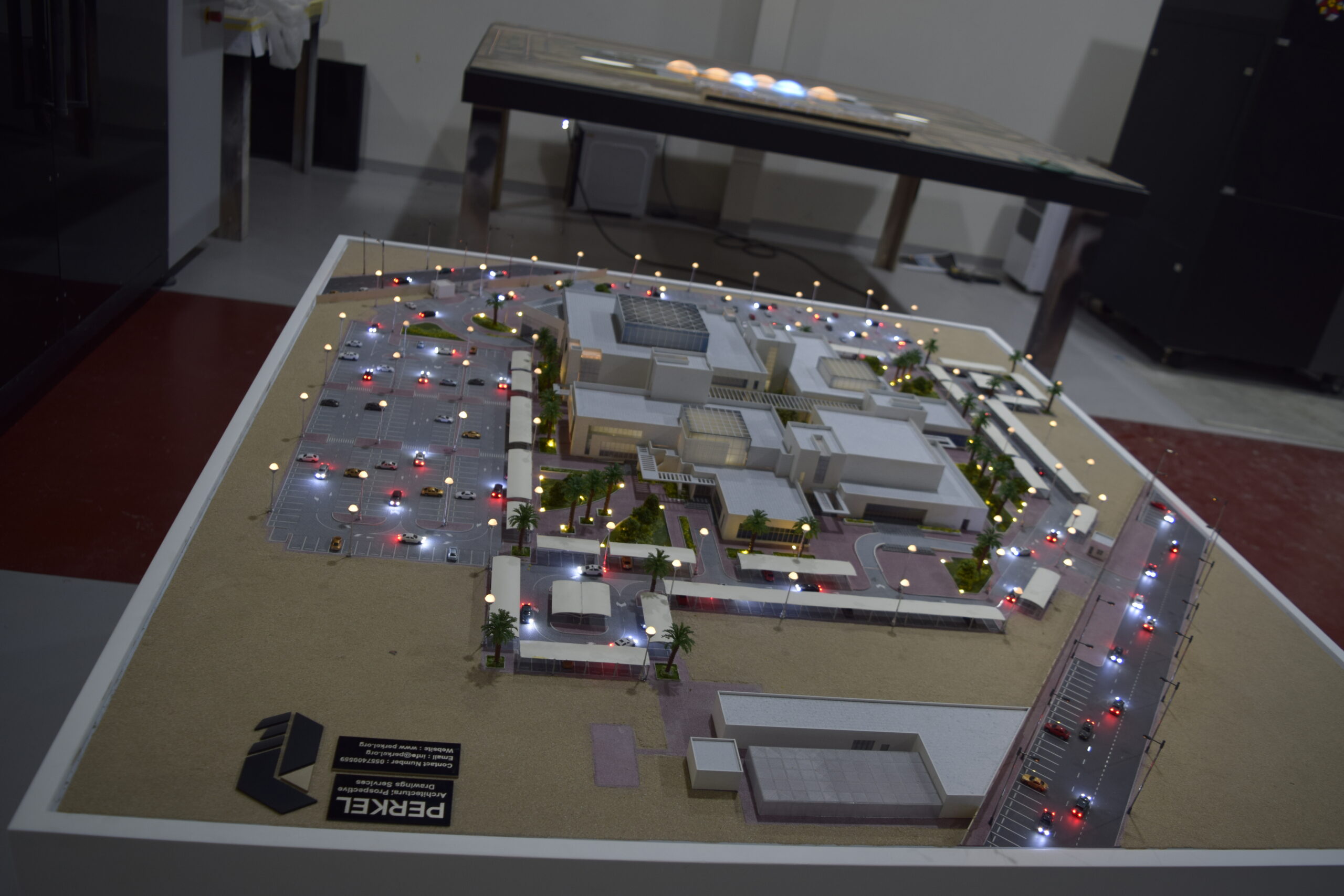
In recent years, 3D printing technology has revolutionized the architectural field by giving architects a quick and affordable means to produce sophisticated and exact designs. Architects, engineers, and designers now depend on 3D printing architecture as a crucial tool since it allows them to produce actual models from digital plans. In this article, we’ll talk about the benefits of 3D printing for architecture and how it’s changed the field.
1. Rapid Prototyping
Rapid prototyping is one of the key advantages of 3D printing for architecture. A real model can be made with 3D printing in just a few hours as opposed to weeks or even months using conventional methods. This eliminates the need for drawn-out production processes and enables architects to quickly iterate on designs and make adjustments as necessary.
2. Detailed Design
Architectural 3D printing enables designers to produce complex designs that are not achievable with conventional techniques. Architects can produce models that precisely represent the end product, including small features like textures and finishes, thanks to the capacity to print in a variety of colors and materials.
3. Cost-Effective
Additionally, 3D printing architecture is inexpensive. Traditional model-making techniques can be costly and require trained craftsmen, specialized equipment, and pricey materials. Models can be built using inexpensive materials and created in-house with 3D printing, negating the need for pricey outsourcing.
4. Customization
Customization is another advantage of 3D printing for architecture. Architects may produce distinctive designs that are tailored to particular projects and readily alter designs as necessary. As a result, architects are better able to swiftly alter models and test out new concepts, allowing for greater flexibility and adaptability in design.
5. Sustainability
A more sustainable alternative to conventional techniques is 3D printing. Architects can reduce waste and their environmental effects by using recycled materials to print their models. Further reducing carbon emissions is the requirement for shipping and transportation thanks to 3D printing.
6. Improved Communication
Between architects, clients, and other stakeholders, 3D printing architecture can help enhance communication. Compared to 2D drawings or digital models, physical models are simpler to interpret, making it easier for clients and stakeholders to understand the design and offer comments. This can assist in preventing misunderstandings and guaranteeing that everyone agrees before the start of construction.
7. Reduced Errors
With the use of 3D printing, mistakes and weaknesses in the design can be found early on. By building physical models, architects can find problems and make modifications before construction starts, preventing expensive errors later on. Additionally, it can help to lessen the possibility of construction delays and guarantee that projects are finished on schedule and under budget.
8. Innovation
The architecture of 3D printing has created new possibilities for industry innovation. Architects can push the boundaries of design and develop unique structures because of their capacity to produce intricate geometries and shapes that were previously unattainable. This may also spark fresh concepts and methods for architecture, resulting in more creative and environmentally friendly structures.
9. Time-Saving
The ability to save time is a significant benefit of 3D printing architecture. The time it takes to manufacture physical models now only takes a few hours or days thanks to 3D printing technology. This makes it possible for architects to rapidly and effectively provide customers with a variety of design possibilities. The client can then proceed with the project and select the design that best matches their demands, saving both time and money.
10. Scalability
Using 3D printing technology, architects may design models of various scales and sizes. Consequently, architects can design interiors using smaller-scale models or large-scale models for public spaces. Additionally, 3D printing in architecture enables designers to model complete structures or certain architectural parts, giving an expanded understanding of the concept.
Examples of 3D Printing Architecture
1.The Eiffel Tower
The 1:300 scale model of the Eiffel Tower is among the most recognizable examples of 3D-printed architecture. This model, which was presented during the 2015 World Expo in Milan, was produced utilizing 3D printing technology. A group of architects and designers from Italy used a 3D printer that could print objects up to one meter tall to build the model.
2. The Villa Savoye
The Villa Savoye, a modernist home created by architect Le Corbusier in 1929, is another example of a 3D printed building. A group of architects and designers produced a 1:200 scale model of the villa in 2015 using 3D printing technology. A 3D printer that could print in many colors was used to build the model, enabling it to be extremely accurate and detailed.
3. The Dubai Future Foundation
Another organization that has embraced 3D printing in architecture is the Dubai Future Foundation, which wants to build creative and sustainable buildings. The world’s first completely functional 3D-printed office structure was unveiled by the organization in 2016. The building, which was 20 feet high, 120 feet long, and 40 feet broad, was made using a 3D printer. The building’s components were produced by the printer using a cement and other material mixture, and they were subsequently put together on location.
4. The Burj Khalifa
The Burj Khalifa, the highest structure in the world, was also built using 3D printing technology. The complex structural elements of the tower, including its cladding and mechanical systems, were produced utilizing 3D printing. Because of the increased accuracy and precision made possible by this, the building is safer and more effective.
5. The Sagrada Familia
Another example of how 3D printing architecture has been utilized to produce intricate and complicated patterns is the Sagrada Familia Basilica, which is situated in Barcelona, Spain. A group of architects and designers produced a scale model of the basilica’s east façade in 2015 using 3D printing technology. The sculpture was produced using a 3D printer with a high level of accuracy and detail that could print in a variety of colors and materials.
Conclusion:
Architectural 3D printing services are provided by specialized businesses, that have the knowledge and tools required to produce intricate and complicated 3D models. Architects and designers can also benefit from these services. The availability and cost of architectural 3D printing services are projected to increase as technology develops, allowing more architects and designers to benefit from this ground-breaking innovation. Overall, architectural 3D printing service and 3D printing for architecture have already had a big impact on the market and will continue to do so in the future, creating new opportunities for creativity and innovation.



Its like you read my mind! You appear to know a lot about this,
like you wrote the book in it or something. I think that you could
do with a few pics to drive the message home a bit, but
other than that, this is fantastic blog. An excellent read.
I will certainly be back.
Hi! Do you know if they make any plugins to protect against hackers?
I’m kinda paranoid about losing everything I’ve worked hard on.
Any recommendations?
This is really interesting, You’re a very skilled blogger. I’ve joined your feed and look forward to seeking more of your magnificent post. Also, I’ve shared your site in my social networks!
babymonster